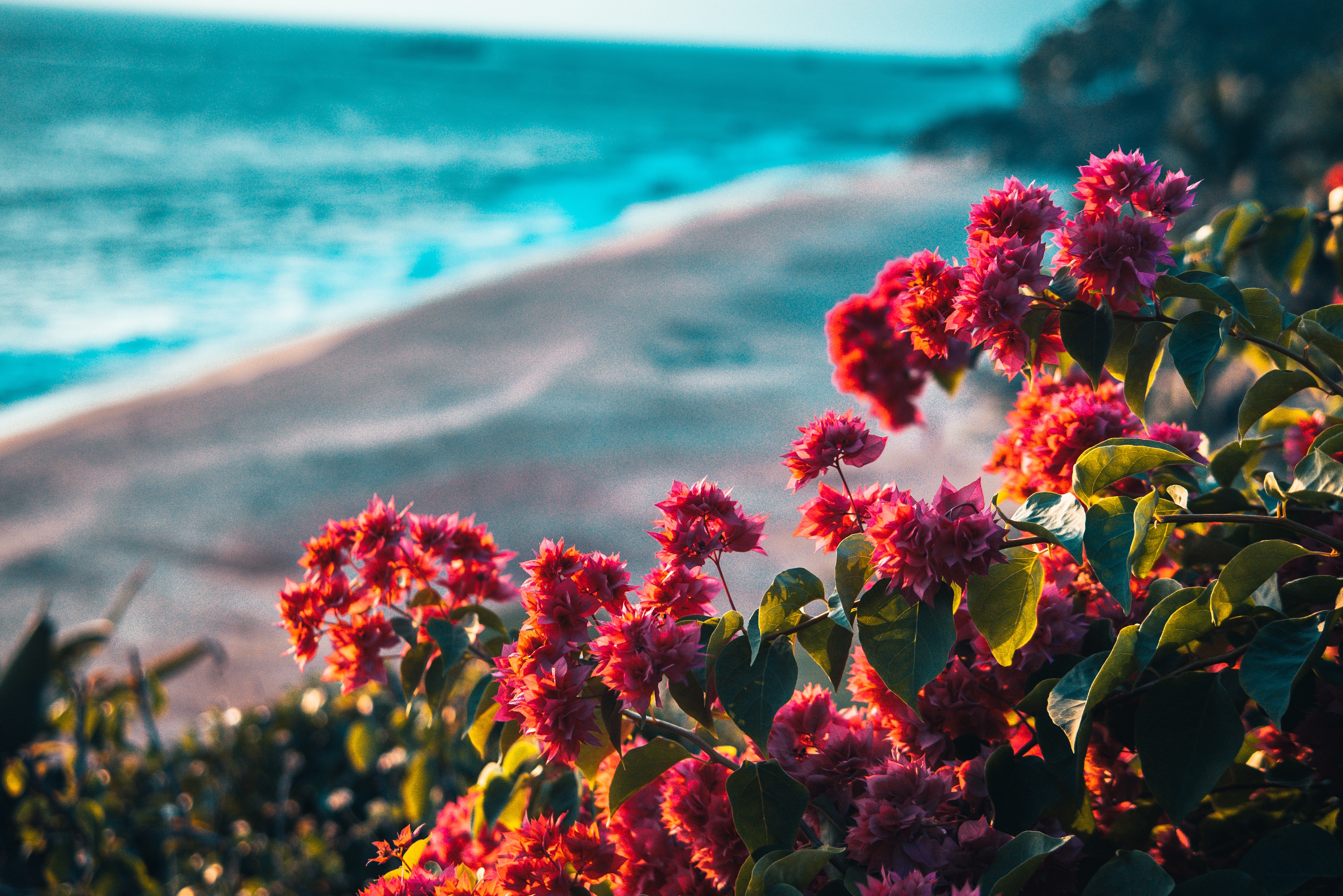Media release
From:
Attachments
Note: Not all attachments are visible to the general public. Research URLs will go live after the embargo ends.

Journal/
conference: Nature Ecology & Evolution
conference: Nature Ecology & Evolution
Research:Paper
Organisation/s:
The Australian National University, University of Canterbury, Manaaki Whenua - Landcare Research, University of Southampton, UK
Funder:
This work was supported by the Natural Environment Research
Council (grant number NE/L002531/1). S.N. was supported by
the European Research Council grant ERC-CoG-2021-101045309
TIME-LINES. We thank K. Richards for assistance with the pollen
notations. We are grateful to authors who have contributed their
pollen datasets to online repositories. We acknowledge the pioneering
work by J. Flenley. We also thank the three anonymous reviewers for
their helpful suggestions.



 Australia; New Zealand; Pacific; International; ACT
Australia; New Zealand; Pacific; International; ACT


